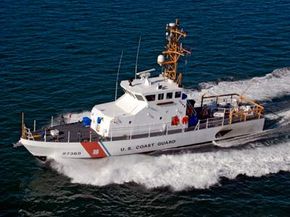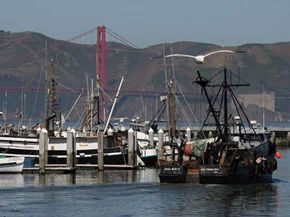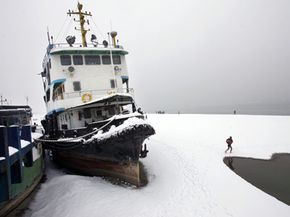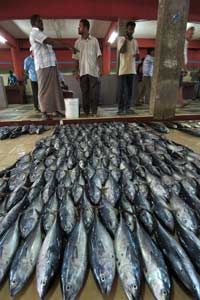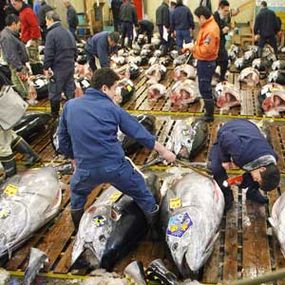For many people, there's nothing more relaxing than taking a stroll down to a local lake or river, baiting a hook, casting a line out into the water and waiting for a bite from a fish. It seems like such a relaxing, simple activity. But upon closer examination, fishing -- even recreational fishing -- is a complex subject that has political, economic and biological implications. At the heart of this issue are fisheries.
The word fishery has several meanings. It can refer to a place or facility where people breed fish, also known as a hatchery. It can also mean the geographic location in which fish are caught, such as off the coast of New England. The word fishery also refers to the occupation of capturing and processing fish for profit. Finally, the word has a legal meaning as well: a fishery is the legal right to catch fish in a specific area during a specific time.
Advertisement
Many countries have large fishing industries. Among the world leaders are the United States, Japan, China, Russia, South Korea, Peru and India [source: Encyclopedia Britannica]. These countries aren't just impacting fish stocks within their own borders and off their own coasts -- they're also affecting other nations. Some countries depend on fishing for their primary source of food.
Fishing is lucrative. The industry generates billions of dollars of commerce every year. But with this economic boom comes the potential for overfishing, which can deplete fish stocks to dangerous levels. To make matters more complicated, some fishermen feel that people who obey fishing guidelines and stay within limits suffer, while unscrupulous fishermen who ignore rules and regulations profit.
In this article, we'll concentrate on the fishing industry and the geographic areas known as fisheries. We'll also learn how fishing practices affect fish populations and the environment. While some of the news is disturbing, it's not all doom and gloom. There are coalitions of scientists, politicians and fishermen who are working hard to ensure that fish stocks around the world maintain sustainable populations.
Advertisement

